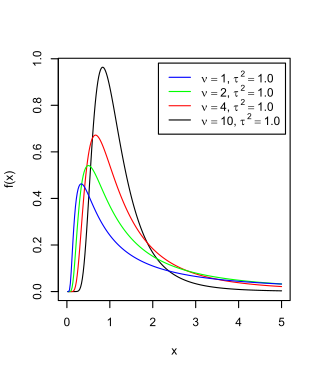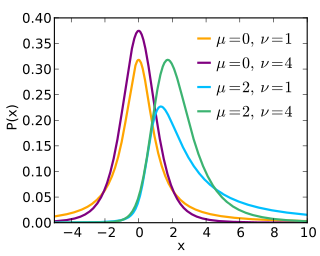Constructive proof
Case  is an immediate consequence of the minimum definition, in the following it will always be assumed
is an immediate consequence of the minimum definition, in the following it will always be assumed  and also corner case
and also corner case  will be excluded.
will be excluded.
Let' s assume  defined in a finite number of points
defined in a finite number of points  .
.
Let  by varying the integer
by varying the integer  be a sequence of sets
be a sequence of sets  such that
such that  and
and  be a dense set in
be a dense set in  ,
,
hence every neighbourhood of each point in  contains an element of one of the sets
contains an element of one of the sets  .
.
Let  be a real positive number such that
be a real positive number such that 
Let the event  be defined as:
be defined as: 

 .
.
Having excluded corner case  , it is surely
, it is surely  .
.
Let  be the events defined as:
be the events defined as:  and let
and let  be the first k among the
be the first k among the  which define
which define  .
.
Since  it is evidently
it is evidently  . Now equation (2.1) will be proved.
. Now equation (2.1) will be proved.
(2.1)
By the  events definition,
events definition, , hence
, hence  . It will now be verified the relation
. It will now be verified the relation  hence (2.1) will be proved.
hence (2.1) will be proved.
The definition of  , the continuity of
, the continuity of  and the hypothesis
and the hypothesis  imply, by the intermediate value theorem,
imply, by the intermediate value theorem,  .
.
By the continuity of  and the hypothesis that
and the hypothesis that  is dense in
is dense in  it is deducted that
it is deducted that  such that for
such that for  it must be
it must be  ,
,
hence  which implies (2.1).
which implies (2.1).
(2.2)
(2.2) is deducted from (2.1), considering that  implies that the sequence of probabilities
implies that the sequence of probabilities  is monotone non decreasing and hence it converges to its supremum. The definition of events
is monotone non decreasing and hence it converges to its supremum. The definition of events  implies
implies  and (2.2) implies
and (2.2) implies  .
.
In the following it will always be assumed  , so
, so  is well defined.
is well defined.
(2.3)
In fact, by definition of  it is
it is  , so
, so  .
.
In a similar way, since by definition of  it is
it is  , (2.4) is valid:
, (2.4) is valid:
(2.4)
(2.5)
The above is explained by the fact that the random variable  has a symmetric probability density compared to its mean which is zero.
has a symmetric probability density compared to its mean which is zero.
By applying in sequence relationships (2.3), (2.5) and (2.4) we get (2.6) :
(2.6)
With the same procedure used to obtain (2.3), (2.4) and (2.5) taking advantage this time by the relationship  we get (2.7):
we get (2.7):
(2.7)

By applying in sequence (2.6) and (2.7) we get:
(2.8)

From  , considering the continuity of
, considering the continuity of  and the intermediate value theorem we get
and the intermediate value theorem we get  ,
,
which implies  .
.
Replacing the above in (2.8) and passing to the limits:  and for
and for  , event
, event  converges to
converges to 
(2.9)

 , by substituting
, by substituting  with
with  in (2.9) we get the equivalent relationship:
in (2.9) we get the equivalent relationship:
(2.10)

Applying the Bayes' theorem to the joint event 
(2.11)


Let:  From the above definitions it follows:
From the above definitions it follows:

(2.12)
Substituting (2.12) into (2.11), we get the equivalent:
(2.13)
Substituting (2.9) and (2.10) into (2.13):
(2.14)


It can be observed that in the second member of (2.14) appears the probability distribution of the random variable  , normal with mean
, normal with mean  e variance
e variance  .
.
The realizations  and
and  of the random variable
of the random variable  match respectively the probability densities:
match respectively the probability densities:
(2.15)
(2.16)
Substituting (2.15) e (2.16) into (2.14) and taking the limit for  the thesis is proved:
the thesis is proved:











































































































